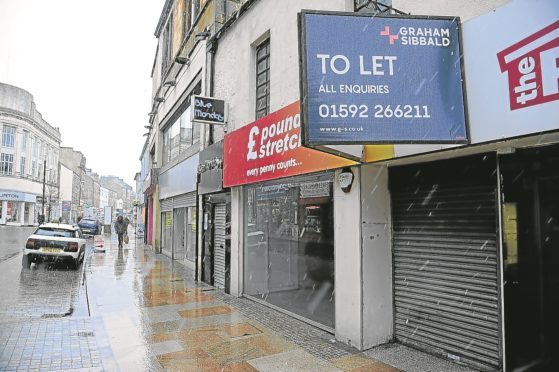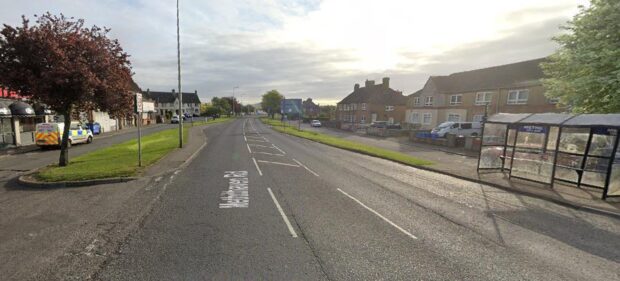A new package of support which could see some businesses benefit from rates relief has been tabled in a bid to save Fife’s ailing town centres.
With changing shopping patterns and habits, the continued rise of online retail sources and consumers increasingly flocking to retail parks, Fife Council is spearheading renewed efforts to address the decline in town centre activity along with major shopping centre owners and local Business Improvement Districts in Dunfermline, Kirkcaldy and St Andrews.
A town centre regeneration fund of £500,000 was allocated in last year’s budget which will continue to be spent on various projects across the region, but it has now been announced that Fife is to also launch a new short-term pilot scheme which will offer a discretionary reduction in rates for larger vacant properties and units which have to be reconfigured in some way.
New occupiers of existing vacant town centre property which is vacant for six months or more with a rateable value over £65,000 will be offered relief, while support will also be offered for those seeking to either sub-divide very large units or combine two or more smaller units.
Town centres across the Kingdom have suffered from declining footfall, limited private sector investment and dilapidation in recent times, and that has led to vacancy rates ranging between 4.6% and 24.5%.
Mid-Fife towns have a significantly higher rate, where the average is 20.8%, prompting the local authority and its partners to take action to stop the trend.
With that in mind, Robin Presswood, head of economy, planning and employability, explained that priority will be given to applicants with units based in mid-Fife town centres initially — with power to be delegated to council officers to consider applications which come forward.
“There are a small number of large, persistently vacant, town centre properties that, if funded, could support town centre regeneration with new uses and footfall attractors,” he said.
“If these properties were to be targeted, the scheme could help move some of these difficult to let properties into productive use.”
Although the current number of properties which have a rateable value above £65,000 and currently receive 10% empty property relief could see the council spend more than £421,000 if all owners applied, it is the local authority’s intention to operate a targeted affordable scheme which is expected to cost around £100,000 this year.
As for relief for re-configured units, relief is expected to be targeted at properties with a rateable value of more than £50,000 that are likely to create the most local impact.
“Without this investment by the council, the resilience of these centres as hubs for communities will continue to be severely undermined with the strength and diversity of the local economy severely reduced,” Mr Presswood noted.
“Town centres will continue to be less attractive to potential investors and local busineses seeking to grow.”
Mr Presswood also told members of the economy, tourism, strategic planning and transportation committee that there was also “no presumption for retail” built into the new proposals, with leisure proposals also being considered.
“The High Street as a place of acquisition is now diminishing,” he acknowledged.










